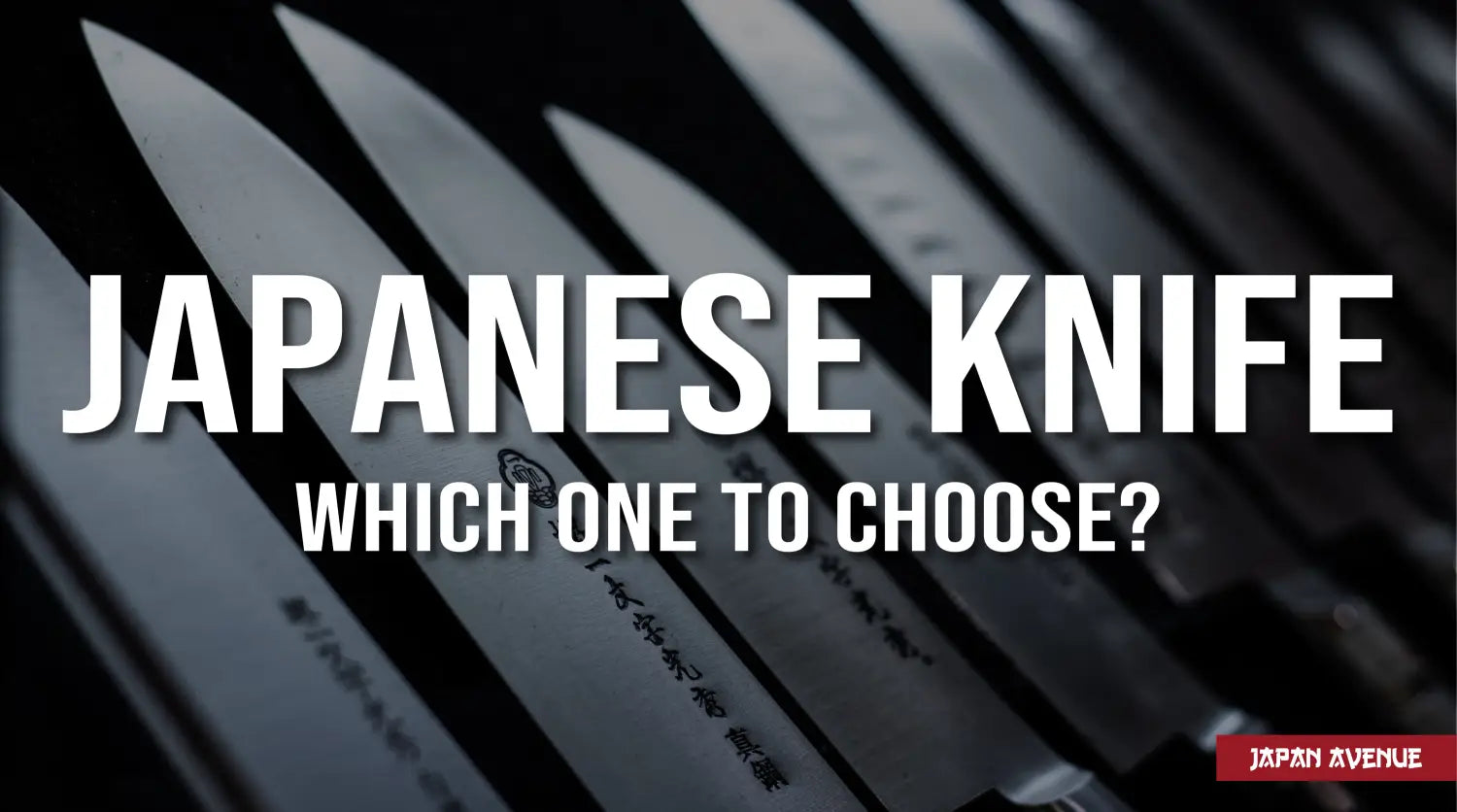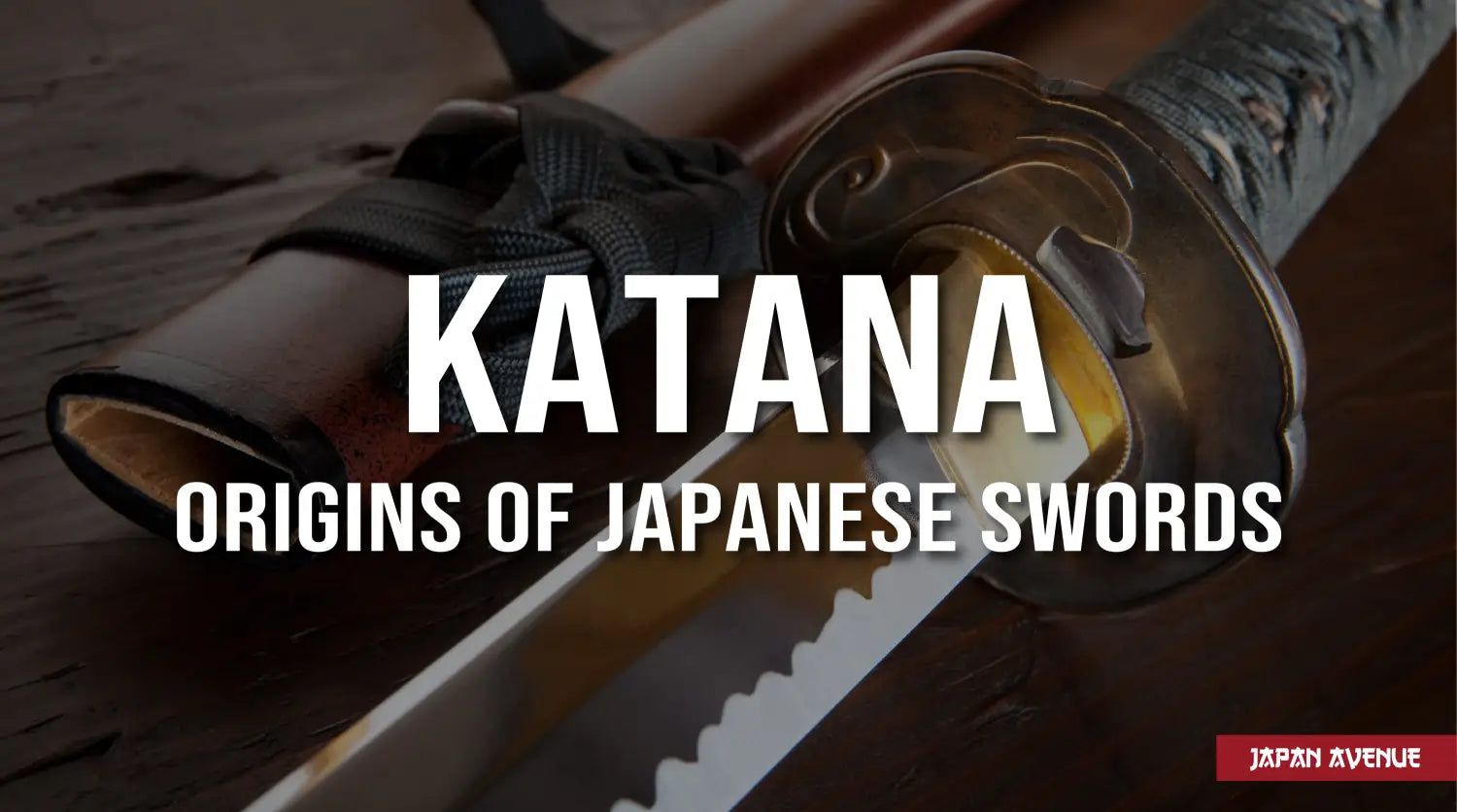When the Japanese government implemented Haitorei in 1876 to ban the carrying of weapons in public places, blacksmiths turned their attention from katanas to kitchen knives. Each type of blade has its own characteristics and is dedicated to a specific use. Thanks to Japanese know-how, cutting food became an art. Peeling, cleaning, boning, carving... Japanese gastronomy is a demanding discipline, offering many fabulous dishes.
Want to offer your guests a meal worthy of the name, but don't know which Japanese knife is best? Find out how to pick the right utensil according to the menu you want to prepare.
The art of cutting in Japan

Cutting food, a discipline in its own right
In the land of the Rising Sun, the care and attention you give to the cutting of food is a sign of the respect you show towards your guests. Fresh fish precisely sliced by hand, using the right blade, will deliver a superior flavor and experience.
Chefs who specialize in cutting fruit and vegetables have turned it into a veritable discipline akin to sculpture, called: Mukimono. Traditional motifs are etched into the food, transforming it into an ephemeral, edible work of art. There's a precise vocabulary for describing these knife-cut shapes: Arare-giri (small cubes), Hangetsu-giri (half-moons), Sasagaki (shavings), or Hanagiri (flowers).
In Japanese culture, blades are the symbol of samurai, fighting spirit and power. Kitchen knives are no exception. They are handcrafted, with the aim of creating a high-quality utensil that will bring out the best of each piece of fish, meat, fruit or vegetable. It's said that cutting food in the Japanese way is a way of clearing the mind, eliminating the superfluous and the hassle of everyday life.
With the right knife in hand, you'll be able to cook marvelous dishes. Discover more about Japanese table manners in this article.

How Japanese knives are made
Japanese knives are renowned for lasting a lifetime. They are forged so that the tempered steel is as strong and sharp as possible. Here are three essential steps in choosing the best knife to use:
-
Blade alloy: The hardness and sharpness of a blade depend on its composition. The higher the carbon content of the steel, the longer the tool will remain sharp. A good alloy is therefore synonymous with longevity. Bear in mind, however, that if the carbon content exceeds 0.8%, the knife will be very difficult to sharpen. Damascus steel is renowned for its durability and sharpness. There are also alloys of hard steel and soft iron that make very effective blades.
Japanese steel is unique in being heated to a very high temperature, then rapidly cooled. This gives it its exceptional strength.
For beginners, consider ceramic blades. They are practical and easy to handle.
-
Blade shape: this defines the knife's use. A single-edged blade is ideal for finely slicing meat, lifting fish fillets or removing skin. Double-edged knives provide a precise cut. V-blades are used for peeling vegetables. Asymmetrical knives, also known as bevelled knives, are used to prevent juices from running out when cutting food.
-
Knife handle: The grip of the utensil is essential. If it's not satisfactory, you won't be able to use the tool properly. The best way to choose a comfortable, well-balanced handle is to test it in the store. Handles will be shaped differently if you're left- or right-handed, so be aware. The "D" shape of the handle will not be oriented in the same direction.
As for the material, opt for treated wood or stainless steel. Reinforced laminated wood can still be handled even when the handle is wet, but will have to be replaced if it rots.
Resin is a less expensive material, but may lose its quality quickly when cheap.
Which Japanese knife to choose - Complete guide

10 types of Japanese knives and their uses
1. Santoku, the essential knife
Wide V-shaped blade, 16 to 18 cm long, known for its versatility. It slices all types of food and can even be used to peel fruit and vegetables or cut maki. Ideal if you're buying your first Japanese knife.
2. Gyuto, the meat knife
Its name can be translated as "beef knife". Its long, pointed blade is perfect for mincing or slicing meat with precision. This knife is used by many Japanese chefs and remains quite versatile.
3. Usuba, a lightweight knife
Its thin, rectangular blade has a single cutting edge. It enables vegetables to be sliced with ease and precision.
4. Nakiri, the art of cutting
The imposing V-shaped blade is ideal for creating original shapes. You can also peel fruits and vegetables with the nakiri Japanese knife.
5. Bunka, pointed blade
Similar to the Santoku, but with a point similar to that of a katana. Versatile, suitable for both fish and vegetables.
6. Yanagi, the sushi knife
Beveled, scissor-like blade for very thin slices of raw fish. Can also be used to cut maki, sushi ingredients or fish fillets.
7. Sashimi, a symbol of precision
Very similar to the Yanagi, but the Sashimi is only used for fish. Long, thin blade with high carbon content. The food doesn't stick to it.
8. Honesuki, for boning meat
The ideal knife for separating meat from bones with precision. However, take care not to slam the blade hard against a bone, as this could damage the blade.
9. Deba, effortless cutting
The Japanese Deba knife is distinguished from Yanagi and Sashimi by its heavy, thick blade. It is ideal for slicing fish with bones, or mincing meat.
10. Higonokami, pocket knife
Very sharp blade that folds without locking. A traditional utensil used for manual work.

Top 5 best brands on the market
Here's our top 5 selection of the best brands of Japanese knives. Don't forget to take good care of your utensils to ensure they last as long as possible. No dishwasher! Also, make sure to check out the Japan Avenue knives collection!
1. Global
This brand is a true high-end reference in the world of gastronomy. Modern aesthetics.
2. Tojiro
The most famous brand in Japan. Found in the kitchens of experts. Originally, Tojiro specialized in the manufacture of agricultural tools.
3. Yaxell
Manufacturing knives in the traditional Japanese blacksmith tradition since 1932. The steel used is of the highest quality.
4. Jaku
Known for its affordable prices and quality knives. Its blades are made of stainless steel. Experience Japanese knives without breaking the bank!
5. Kai
The world's leading manufacturer of Japanese knives. This brand even offers a series of traditional blades in a limited, numbered version.
Japanese knives no longer hold any secrets for you. Now you know why they have the reputation of being the best on the planet. All that's left is to choose which exceptional dish to cook. Read our article What do the Japanese eat? to get some inspiration!

































